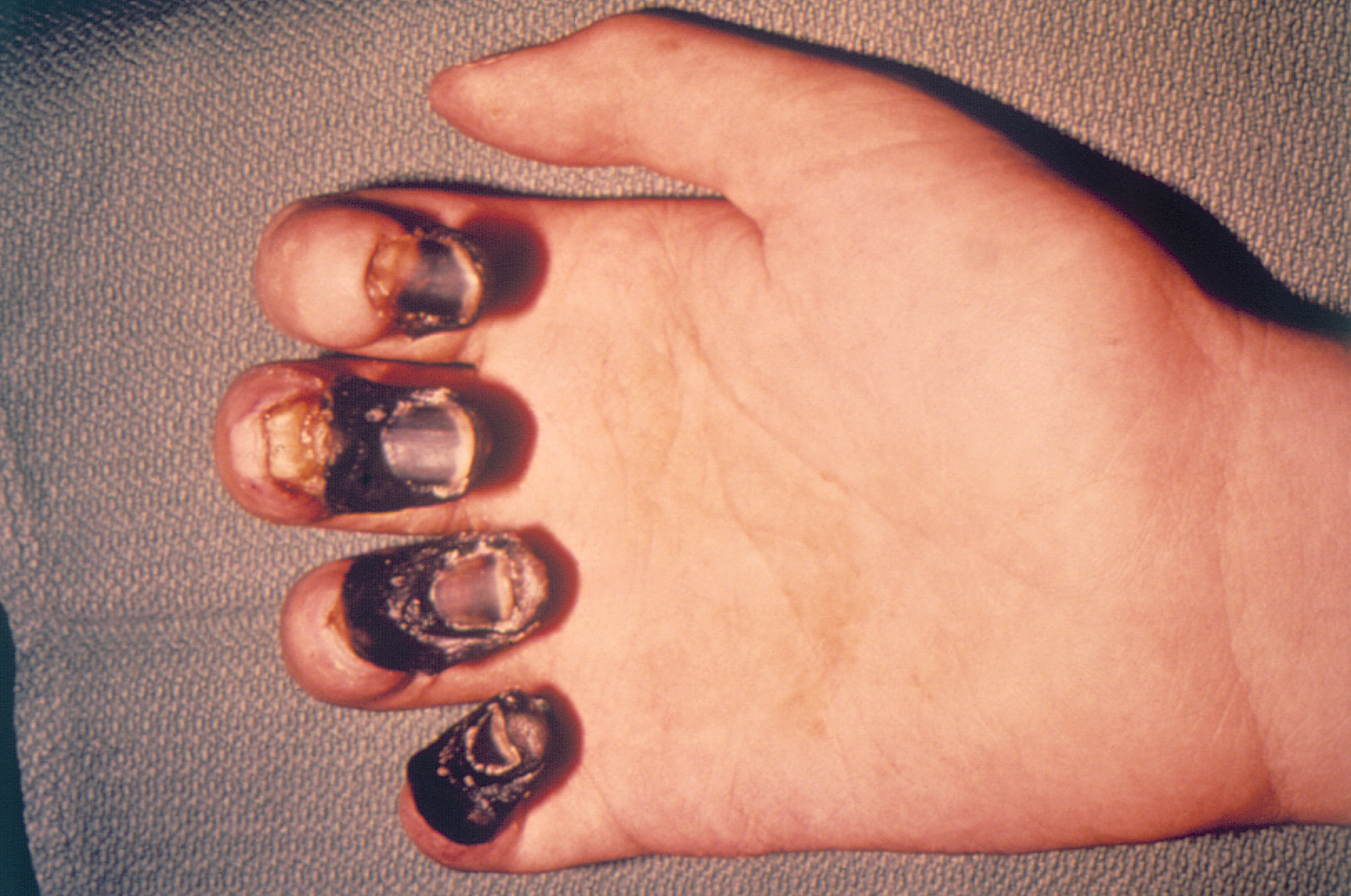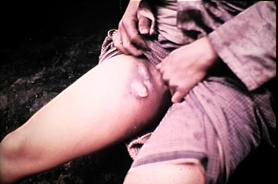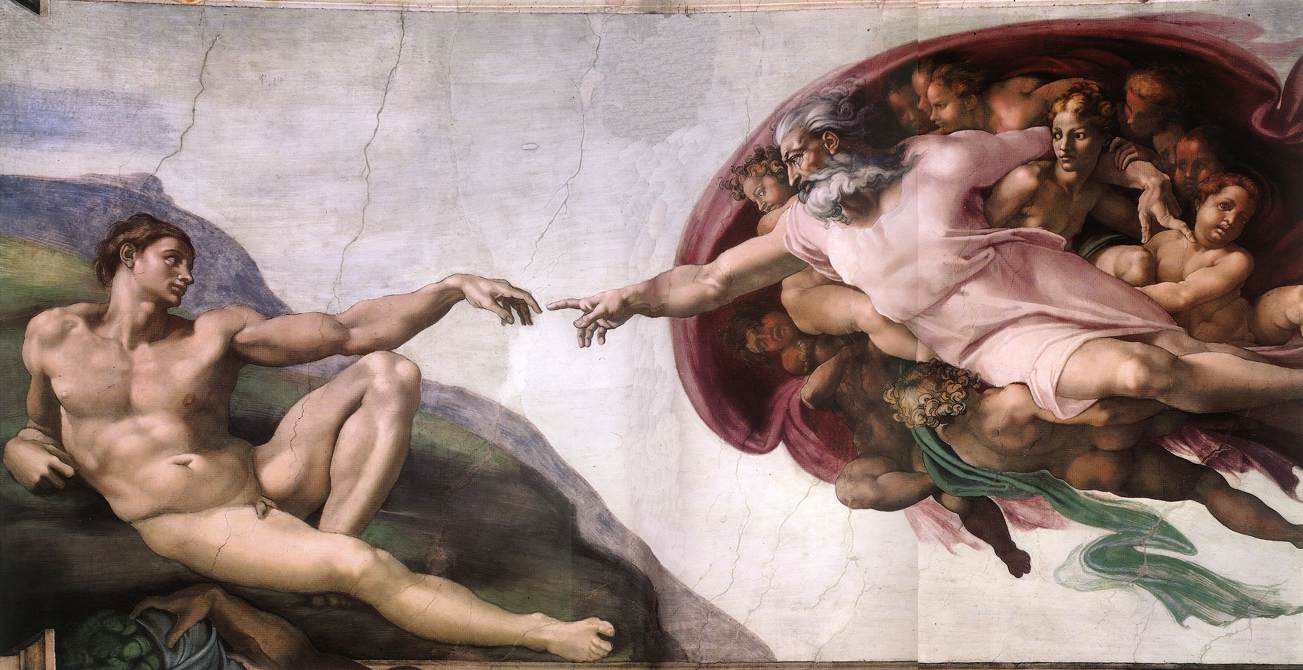I will now look at the clothing fashion used by the men in
the Italian Renaissance, as this will help me imagine and concept how my hero,
Aquaman, could possibly look during the 1400's. This will also help me when it
comes to the modelling part of my project, it will allow me to understand how
the flows and creases worked in the clothes and the style of texture that I
could look at.

At the beginning of the 15th Century the men wore full and
gathered or puffed sleeves, which gave considerable gracefulness to the upper
part of the body, which was then discarded in the time of Louis XI. In the
end of the 15th century, the men's
renaissance fashion imposed a short and ornamental mantle, which was a broad
brimmed hat covered with feathers, and trunk hose, the ample dimensions of
which earned for them the name of trousses.
In the 16th Century men's fashion changed and adopted
clothes closely fitting to the body, with overcoats having tight sleeves, felt
hats having with more or less wide birms, an closed shoes or boots. These
Renaissance fashion garments, which differ altogether from those of antiquity,
constitute the common type from which have since arisen the endless varieties
of male dress.
Also in the 16th Century men wore coats that had a tight
trunk fit but round the waist was puffed out, they wore a cloak only reaching
down to their hips and was always much of an ornament. They carried a smooth or
ribbed cap on one side of the head and a small upright collar adorned the coat,
this collar was replaced after the 16th century.
Men in the Renaissance period wore four essential pieces of
clothing. First, was the camicia
or shirt. It was worn close to the skin as an undergarment. Tortora and Eubank
(1989) stated that for upper-class men the camicia was made of silk or soft
fine linens. The camicia was never worn alone, for that only symbolized a
working man. Baines (1981) observed that lower-class men's camicias were made
of heavy coarse linen. A gusset was inserted in the camicia to make it stronger
and roomier. From 1440-1500 the camicia was very plain and never embroidered.
Bucknell and Hill (1967) observed that throughout most of the 16th century the
camicia had cuffs and had black on white Spanish-style
embroidery.

Over the camicia was the doublet, which was a close fitted jacket worn with or without
sleeves. A longer doublet was worn with a small skirt. Hale (1993) stated that
doublets were worn only until the 16th century when the styles became fuller
and less form fitting. The top of the doublet stood away from the neck to
create a smoother more elegant look. Tortora and Eubank (1989) noted that
doublets were very plain until about 1515, when contrasting
fabrics were added.
The
next piece of dress for
the Renaissance man was the hose. Bucknell and Hill (1967) stated that the hose was attached to the doublet and
seamed together at the crotch. Until the later part of the 15th century hose
were worn by labour workers only. According to Hale (1965) the fabric was woven
and worn tight to attain smoothness, yet hampering physical activity. Because
of the controlled physical activity many painters show men with the laces of
their hose untied and hanging in back.
The outer-most piece of clothing worn by common-men was the jacket. In the later part of the 15th
century the jacket was worn over the shoulders and chest then falling in full
pleats and belted at the waist. An alternative style was a huke-like jacket.
Tortora and Eubank (1989) reported that early sleeves of jackets had puffs at
the shoulders which tapered at wrists. In the middle part of the 16th century
the sleeves of the jackets were worn severely tight and tended to cause loss of
circulation. Sleeve attachments were worn purely for decoration. Tortora and
Eubank (1989) reported that hanging sleeves were generally non-functional and
attached to the jacket. An extra layer worn by lawyers and high political
officials only, was a ceremonial robe. Hale (1965) stated that for outdoor
weather a fur jacket was worn over the jacket and/or the ceremonial rob.
Because of the stiff and tight clothing worn by the men of the early
Renaissance period, movement was restrictive and mechanical. By the turn of the
16th century the movement became more natural with removal of padding from
jackets. Lesley (1968) observed that yet another thirty years later movement
was once again so restricted that it caused men to walk with their hands and
arms out in front of the body with their feet turned out. The end of the
Renaissance, though, brought a natural movement back again.

Footwear was
a big part of the men's fashion. Bucknell and Hill (1967) reported that in the
beginning of the Renaissance Period the shoes were long, pointed, and generally
worn for indoor use only. Leather clogs with wooden soles were worn for outdoor
weather. Aston (1968) stated that in 1485 shoes became less pointed and more
rounded. Most were calf length, form-fitting, and laced up the sides. At the
turn of the century men's shoes became broader or duck billed with ribbons tied
across the top of the foot. Baines (1981) stated that toward the end of the
period the footwear became more natural and slipper-like (p.176). Shoe-makers
used slashing and pricking to give the shoe a better fit. Tortora and Eubank
(1989) reported that at the end of the Renaissance Period the most popular mode
of footwear was the footed hose.
Hats, hair
styles, and accessories were the last essential pieces that finished off the
man's costume. At the beginning of the Renaissance Period younger men wore
their hair long from ears to shoulders, while older men wore their hair shorter
and sometimes shaved. Aston (1968) stated that along with the hair styles, the
early Renaissance brought turban-like hats that were worn with a white coif
beneath. As well as hair styles and hats, accessories were a big part of the
early Renaissance Period. Eubank and Tortora (1989) reported that men of the
early Renaissance wore narrow belts, carried small purses and daggers. They
wore finger rings on the joints of their first and second fingers only.
In the middle Renaissance, men started to wear cleanly
shaved beards and moustaches, something never seen in the Renaissance before.
Turban-like hats were replaced with beret-like crowns with upturned brims. The
berets were made with thick cloth, felt, beaver, or velvet. As an accessory,
the men in the middle Renaissance carried walking sticks with their berets
resting on top. Hair styles of the late Renaissance Period were very short,
even for young men. Hair below the chin was rarely or never seen. The hats of
the late Renaissance Period were very elaborate. it was reported that black
caps were worn with ostrich feathers, brooches, and jewels. As an accessory men
of the late Renaissance Period wore huge jewelled rings over gauntlet gloves.
Lesley, P. (1968). Renaissance jewels and jewelled objects. Baltimore: Baltimore
Museum of Art.
http://www.richeast.org/htwm/renf/ren.html
http://www.renaissance-spell.com/Renaissance-Fashion.html
http://aneafiles.webs.com/renaissancegallery/extantmen.html

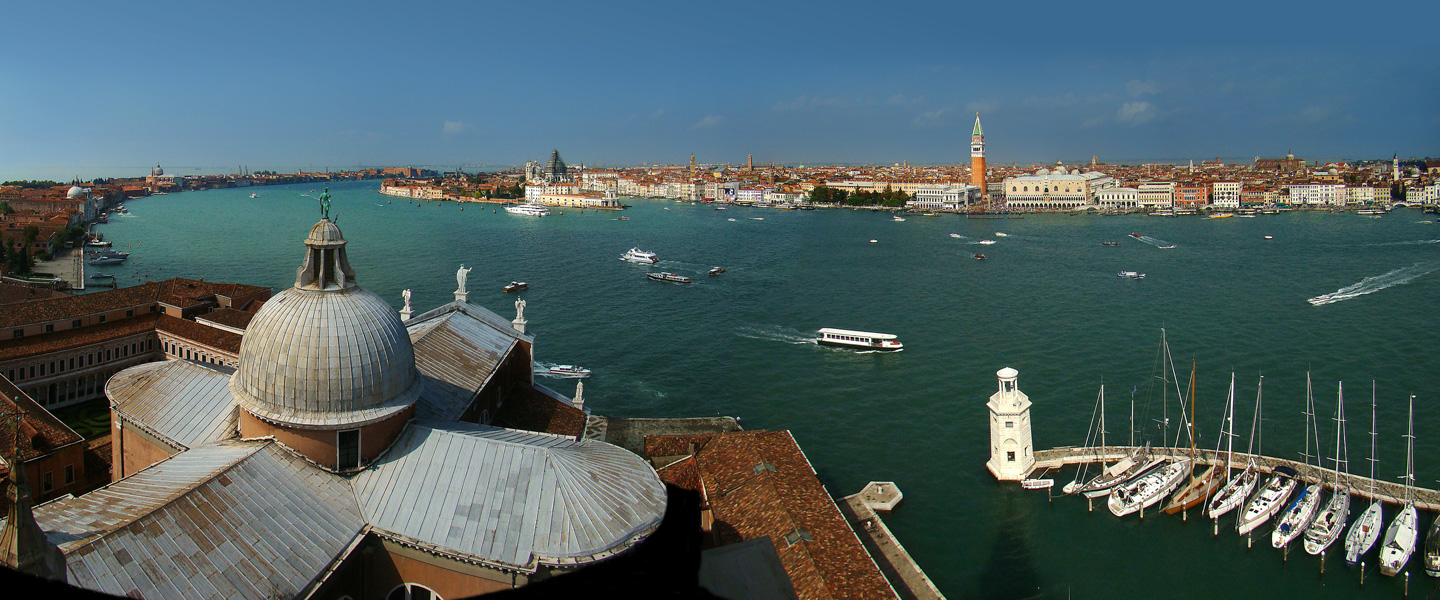

.jpg)


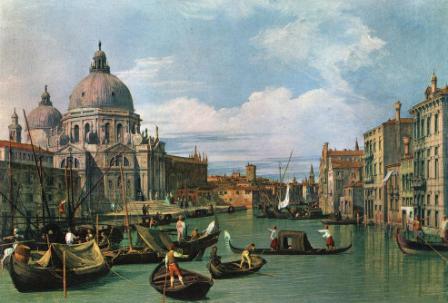




.png)


